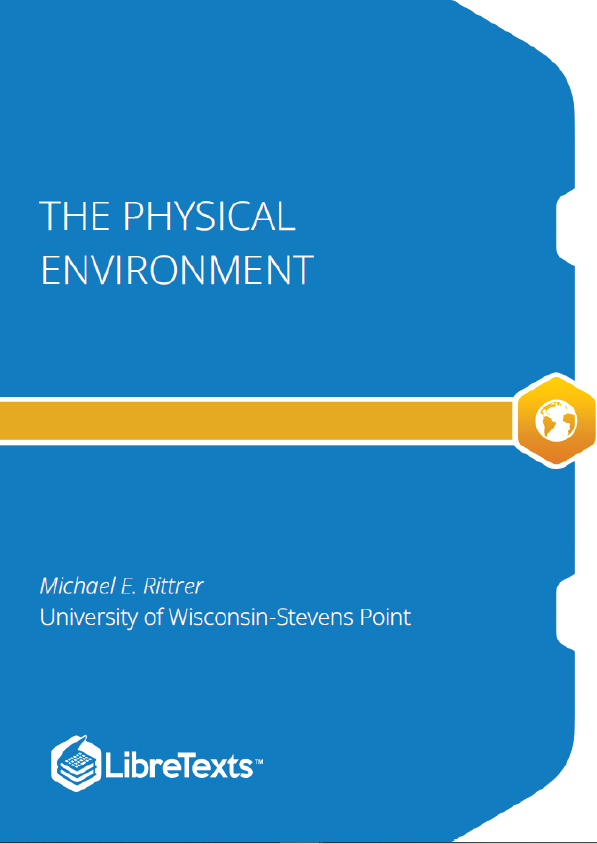The Essentials of Physical Geography
Each chapter of “The Physical Environment” begins with a look at how previous chapters relate to the current chapter, includes a pretest to assess your learning, and helpful hints to prepare you for the coming chapter. As this is the first chapter of the textbook, there is no pretest. There are a few things you can do to get ready for reading and studying this chapter and the remainder of the book.
- Get organized. Getting organized to study is the most important thing you can do. Start by getting and using a planner, whether it be a paper or digital one. Keeping up with assigned reading can be challenging and so setting a regular routine can help you get your work done and reduce your stress level. Organize your study space to make your work time as efficient as possible. More of us are using laptops as our portable work environment. Consider using cloud computing applications like Google Docs or Evernote for taking notes and have them accessible no matter where you are. If your university has server space for students, consider using it to store important documents to prevent losing them in case your computer crashes. Check out this ultimate guide for students.
- Handwritten or digital notes? Decide whether you want to take written notes or type them. Some like to take them by hand as they are either slow at typing or the material tends to “stick” better. Others are more efficient at typing. Another approach is to first write your notes by hand and then type them.
- Start reading. Start by looking at the learning objectives or outcomes if they are provided. These are the key things you should know once you have completed the chapter. Take note of key points as you come to them. Be discriminating and don’t try to take notes on everything. If your instructor has mentioned the point during their lecture, then it’s important.
- Identify trouble spots. Make note of points that you don’t understand to ask your instructor as soon as possible. Don’t procrastinate in asking for help. Write out a list of questions so you use your instructor’s time efficiently and effectively. Send your questions via email if you cannot schedule a time to meet with them.
- Summarize the material. Summarize the reading in your own words at the end of a chapter or section. If you can do this in a meaningful way, then you’re more likely to retain it.
- Routine review. After you move on to the next chapter, don’t forget to go back and review your notes on previous chapters. Routinely reviewing your notes will make studying for tests much less stressful.











